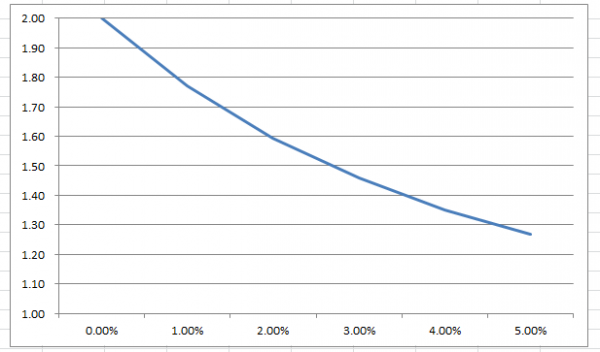Small edges, large points – How Tennis odds move
If you have been active on Tennis you would have seen some great matches. But you should have also seen something else, maybe without realising it.
Odd odds
Ever wondered how a seemingly tiny gap in ability between two professionals can translate into a lopsided betting market? In tennis, the scoring structure magnifies small advantages, turning narrow skill edges into meaningful differences in set-, match- and outright odds.
Often you see an outsider really battle away at a heavy odds-on favourite, maybe even winning the first set, but despite this, their odds don’t seem to come in that much. If you look at top player against a lower player, the outsider can be one set all and leading 4-1. But their odds were only 2.30 despite being in a clear lead. Why is that?
What’s the point(s)?
The first thing to note is there are a lot of points in Tennis.
Unlike sports where every point is worth one on the scoreboard, tennis uses a nested hierarchy (points → games → sets → match). Winning the next point is always important, but at 40-40 (deuce) it carries far more leverage than at 15-love. This non-linearity amplifies any sustained edge a player has on key points, making the match outcome more sensitive to small underlying differences in skill.
When predicting the result of a Tennis match this is what you are attempting to do, see who has the upper hand. This is essentially what Tennis Trader does, it works out the theoretical advantage, then projects it forward.
Of course, that makes it sensitive to small individual variations across all those points. But that’s the art of judging a Tennis match. As the match evolves so does the momentum shift from one player to another.
Small margins
It’s important to understand how this advantage can play out between two players. The key factor here is the difference in skill between the two players. I say skill, but at the highest level, most players are relatively equally skilled at Tennis. So it’s a combination of physiological and psychological factors that come into play. Every part of those differences has a critical part to play in the match, even tiny differences.
Because service holds are common (especially in men’s tennis), break points are scarce and valuable. A player who is even slightly better at returning – say converting 41 % of break points rather than 38 % – tips the balance in the handful of pivotal games each set. Markets price in that leverage, so odds can widen far beyond the face-value difference in overall point skill.
Have a look at the chart in this post, and you can see just how vital small percentages are in a Tennis match. The X axis is the difference in skill level and the Y axis the odds at which you would expect them to start.
I have compared two players and varied the advantage one has of winning a point against the other. You can see the variance running along the x-axis. Tennis matches contain many points where this advantage can play out. Even if it is very slight, it magnifies significantly over the entire match.
If you look at a match where there is no advantage, the chance of either player winning is evens, tip the advantage 2% to one side and you can see the starting odds shift to 1.60. Shift it to 5% and the odds come right into less than 1.30.

Advantage point
Any advantage, no matter how small, gets magnified over the entire match.
But also, a player with an advantage doesn’t mysteriously lose it immediately. It may still be there but needs time to play out. An opponent will ideally exploit this by putting the match beyond the favourite before they get the chance to respond or put this advantage to work.
Tennis rewards relentless marginal superiority. A 1–2 % edge per rally snowballs through the sport’s unique scoring lattice, producing odds that look exaggerated to the untrained eye. Recognising – and quantifying – those edges is what separates sharp punters from the pack.
Hopefully, this post has explained just how thin the line is on Tennis, what it looks like and how to factor that into your Betfair trading.